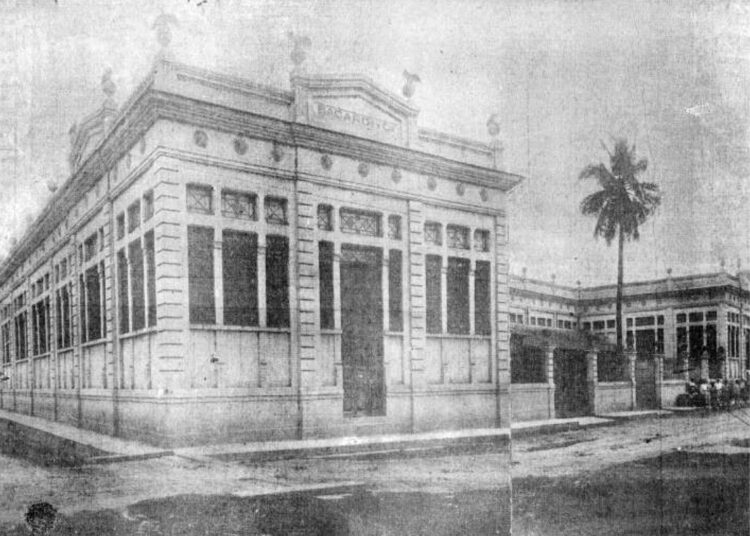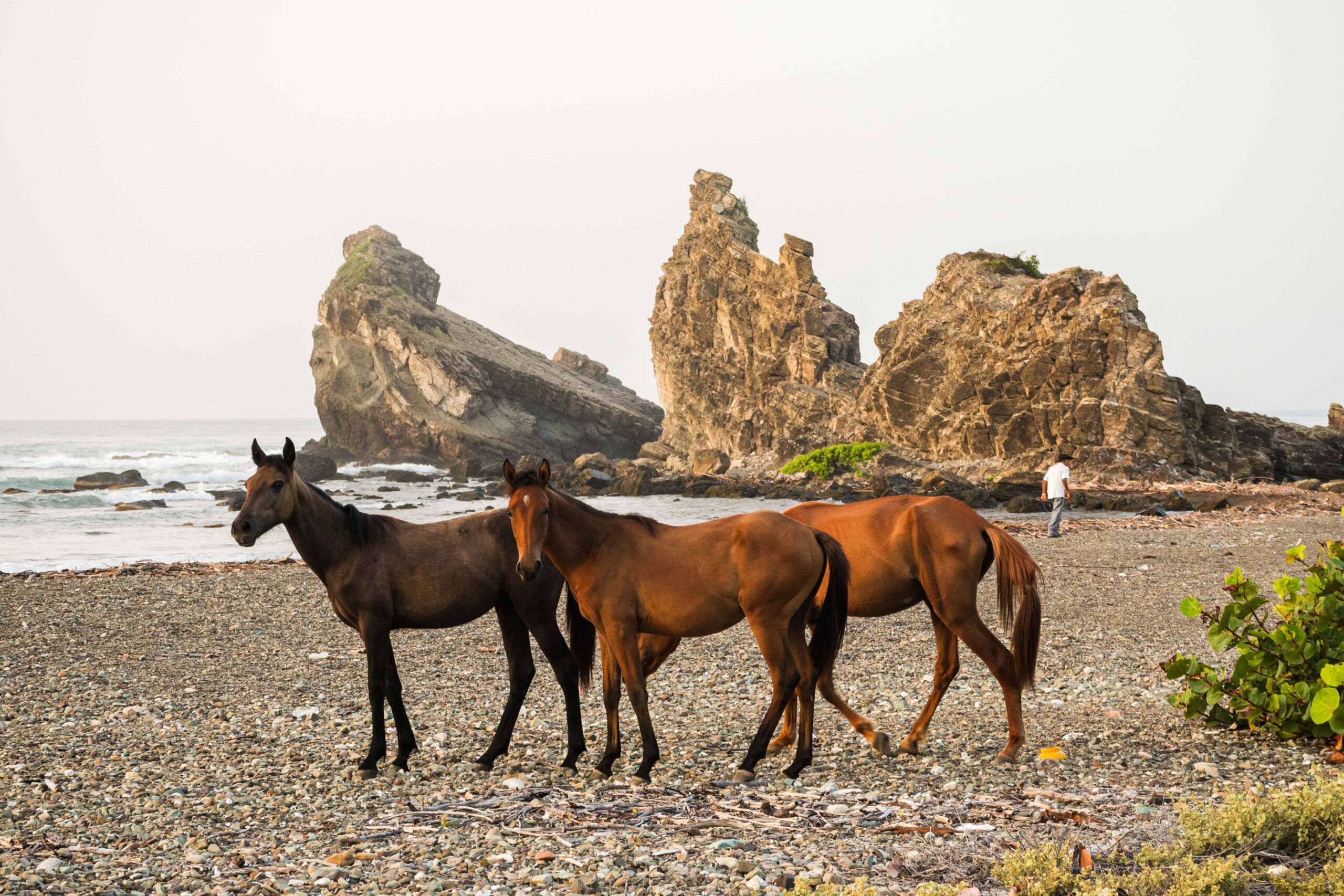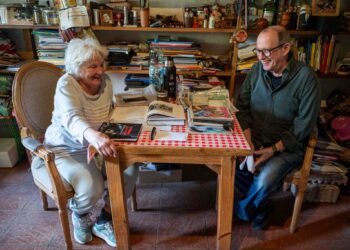When reviewing the history of companies producing alcoholic beverages in Cuba, and specifically in its eastern region, the company created by the Spaniards José and Facundo Bacardí Masó is rightly praised. Bacardí rum and Hatuey beer, which was also theirs, achieved worldwide fame and occupied a privileged position in the market.
However, from the end of the 19th century until the 1950s other liquor industries in the city of Santiago de Cuba managed to produce for local and national consumption and were even able to export their goods and won awards at international fairs for the quality of their brands.
In 1862, there were four registered stills. One of them, called La Tropical, belonged to the English subject from Jamaica, John Nunes, “at that time the oldest and most prestigious rum seller in the eastern city, where he had been established since 1838,” says the Diario de La Marina, in a special edition of 1918.
Facundo Bacardí bought this distillery on February 4, 1862. When the company Bacardí y Cía. was founded that year, the distillery was owned by the brothers José and Facundo Bacardí Masó, natives of Catalonia, and José León Bouteiller, from Santiago, of French origin.
On February 24 of that year, José Bacardí Masó acquired the El Marino still, which belonged to Manuel Idral y Compañía. In 1874, the company belonged completely to the Bacardí family under the name Bacardí y Compañía. Its capture of the world market was supported by numerous awards. In 1876, at an international fair held in Philadelphia, United States, the Carta Blanca Superior 1873 brand won the Medal of Honor. It also won awards in Madrid, 1877; Matanzas, in 1880; Chicago, 1883; Paris, 1889 and 1900; Charleston, 1902; San Luis, 1904; among other events. It was becoming the “flagship” of the island’s liquor stores.
An important action for its progress was the acquisition, in 1918, of the properties of the Santiago Brewery Company, a firm created in 1912 by Cuban and U.S. investors, with the capacity to produce 70,000 barrels per year and marketer of the Sol and Hatuey brands. This business had been directed by the engineer Eduardo J. Chibás.
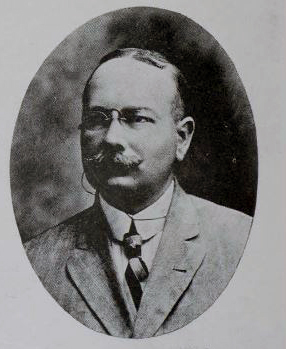
From La Golondrina to Matusalem
While the Bacardí company was paving its way, another company created by the immigrant, also Catalan, Pablo Nonell, born in 1834 in Lloret de Mar, was based in the city of Santiago. “In 1872 he already had his first distillery, where he introduced the Solera System, originally used to age sherry and brandy, which made him one of the pioneers in the use of this technique in Cuba for the production of rum. In 1888 he registered what would become, and still is, the brand’s symbol: La Golondrina. That same year, the business passed into the hands of his nephews, Enrique and Benjamín Camp, who founded E. Camp & Co.”
On November 19, 1888, a fire completely destroyed the liquor store’s facilities, located on Enramada Street, on the corner of Factoría, and the rum warehouses they owned on the corner of Factoría and Jagüey streets, according to a note I have consulted in the Diario de La Marina. Apparently, the new brand called Ron Golondrina would keep the industry afloat. Traveling salesmen were in charge of promoting it throughout the island and in Havana, and it could be purchased at a warehouse, located at No. 19 Lamparilla Street and managed by Noriega, in 1892.
A feature article on the company published by the illustrated magazine El Fígaro on November 30, 1907, acknowledged the progress of the factory:
“It can be said that the liquor industry is the one that has best-taken root in the capital of Oriente. There are various very important houses there that have achieved great success with their respective products. The Camp and Hno. house is one of the oldest in Santiago de Cuba, and the rum it produces enjoys a universal reputation. It has won awards at all the exhibitions it has participated in and the intelligent ones estimate that it is one of the best produced in Oriente.”
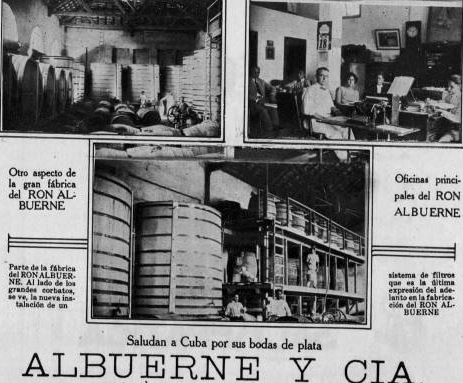
Five years later, an important event occurred for the development of the company, described as follows on the company’s official page:
“In 1912, one of the nephews, Eduardo Camp, married Justina Álvarez Lefebre. The union of these two families would be fundamental for the future of the company; years later, the Álvarez family would take over the management of Ron Matusalem.”
In 1918, it marketed the fine rums Carta Cuba, Selecto Carta Blanca, Viejo Los Marinos, and the aniseed El Gavilán, Cremas Finas, and Escarchado Golondrina. Its managers were Benjamín Camp Nonell, Antonio Sánchez García and Eduardo Camp Vilardebó. On October 14, 1922, they requested the registration of Matusalem from the Ministry of Agriculture, Commerce and Labor, which would later become their most famous product.
In 1925, Evaristo Álvarez Prieto and his son, Claudio Álvarez Lefebre, together with the Camp family, founded the company Álvarez Camp & Co. The establishment of Prohibition in the United States, as well as the rise of tourism in Cuba, favored the increase in production due to the high demand for alcoholic beverages. In 1942, Claudio Álvarez Soriano, the new leader of La Razón Social, modernized the industry and made the brand grow. It was in that year that they published the first Ron Matusalem cocktail menu.
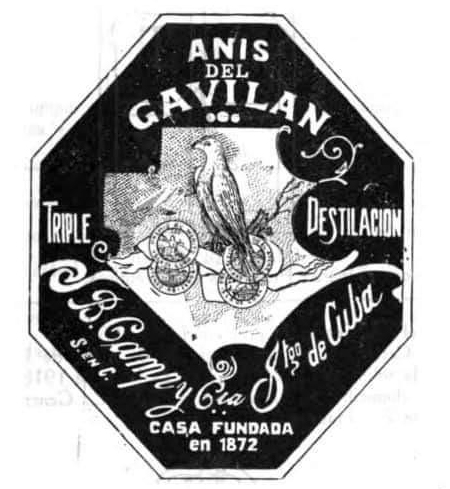
Rum Castillo
In the 1910s, Castillo rum, produced by Francisco del Castillo, was sold in the city. The magazine Cuba en Europa presented him in a 1916 feature article as Francisco Castillo, a veteran of the last war of independence, in which he reached the rank of captain of the Liberation Army. Apparently, there was an error when writing the surname. This publication reported: “Ron Castillo and Elixir Castillo are the products that are preferably manufactured in the notable factory we refer to. Both have established themselves in the market and are in great demand throughout the island. People with exquisite taste request them with special preference. These products will soon be known outside of Cuba, as important amounts have already been purchased for export.…”
When reviewing the Boletín oficial de la secretaría de agricultura, comercio y trabajo, from 1922, Francisco del Castillo registered three Castillo brands (Carta Castillo, superior rum, Carta Oriente, superior rum and Carta Francesa, old rum).
At the Rome International Fair, in 1924, Ron Castillo won a Gold Medal and Grand Prize. The firm’s infrastructure was on Lambton Lorraine Street.
The Comandita Rovira y Compañía Sociedad firm had its origin in 1880 when Cristóbal Rovira Canals registered a company to manufacture liquors. El Fígaro announced that they were “manufacturers of the legitimate and famous Carta Blanca rum.” In 1923 it produced vinegar, spirits, rums, liqueurs, vermouth, cider and alcoholic beverages of all kinds, especially aniseed.
Although I have not been able to pinpoint the date or the circumstances in which they began producing Ron Castillo, I learned from a report in Cuba contemporánea. Oriente-Camagüey, published in 1943, that they were the “manufacturers of the world-famous Ron Castillo and the excellent and very fine Elixir and Anís Castillo liqueurs accredited in our market.”
At that time, the business was owned by Juan Rovira Rovira and Francisco Rovira.
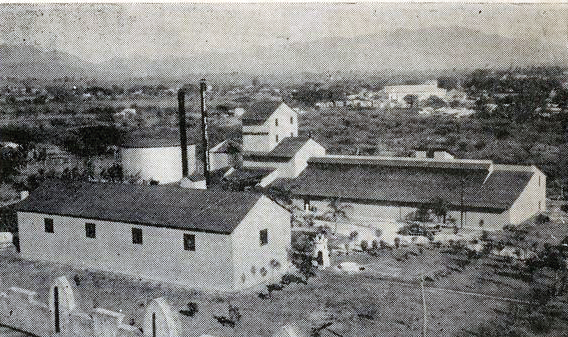
Rum Albuerne
The business adventure of Albuerne y Compañía began in 1917, an undertaking conceived by the Asturian José Albuerne.
In 1920 it produced old rum under the brand Los Amigos. In 1933 the company was called Cía Ron Albuerne S.A., and was later established as Albuerne Palau y Cía. when the business was joined by the experienced Francisco and Pedro Palau, who had created a company in 1896. In the 1940s it had a capital of $100,000. The factory was located at 66 Francisco Sánchez Hechavarría Street.
According to data offered by the cited volume, Cuba contemporánea. Oriente y Camagüey, exported Carta Oro, Carta Blanca, and Carta 1927 to the United States, Latin America and China.
I was also able to confirm that, previously, in 1922, Guillaume y Compañía, a very old commercial house founded in 1850, had registered the brands of Carta Guillaume and Ron Selecto superior rum. And in the statistics of liquor production corresponding to the year 1926, published in the Diario de La Marina, edition of November 11, the existence in the city of Santiago de Cuba of the companies Sánchez y Co., Manuel Linares and Salvador Sicars is also mentioned.
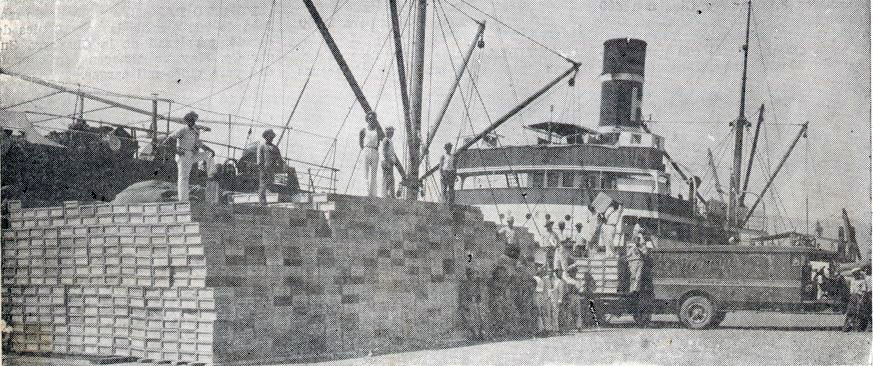
Epilogue
The participation of Spanish immigrants as investors and managers in the Cuban liquor industry was very relevant, especially those from Catalonia. Some firms, in addition to producing alcoholic beverages, had as their social purpose the sale of food and other goods. The durability of the business of most of the entrepreneurs is evident.
This participation guaranteed the raw material and the existence of sugar and its derivatives, coming from the numerous sugar mills installed in the province of Oriente, reduced the production costs.
It also favored the sustainability of the enterprises in the domestic market, and the attendance of small businesses: bars, cafes, mixed stores, warehouses, kiosks, hotels, among others.
________________________________________
Sources consulted
Guillermo Jiménez Soler: Las empresas de Cuba 1958, Ciencias Sociales publishers, Havana, 2008.
Guillermo Jiménez Soler: Los propietarios de Cuba 1958, Ciencias Sociales publishers, Havana, 2006.
Nicolás Torres Hurtado: Orígenes de la Compañía de Ron Bacardí, Oriente publishers, 1982.
Boletín oficial de la secretaría de Agricultura, Comercio y Trabajo, La Habana 1922.
Guía comercial e industrial de Cuba, Havana, La Prueba printing press, 1926.
Cuba en Europa
Cuba contemporánea. Oriente-Camagüey, Centro Editorial Panamericano, 1942.
Diario de la Marina
El Fígaro
https://rum.cz/galery/cam/cu/castillo/pic/pic151917-en.htm

